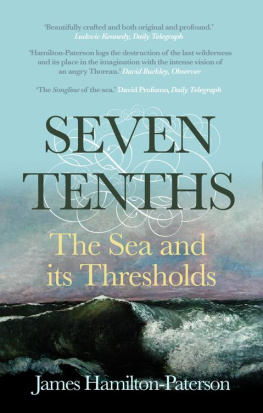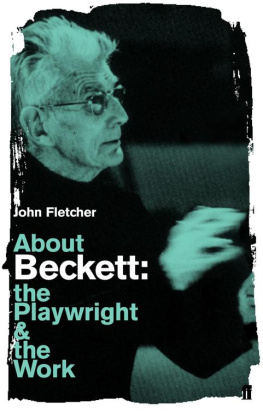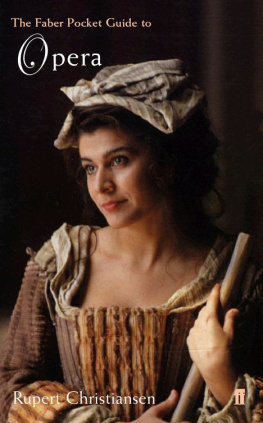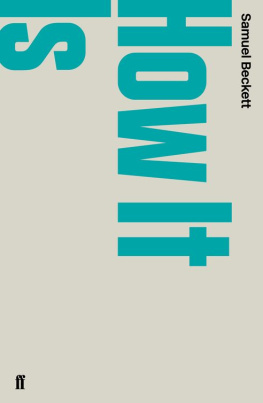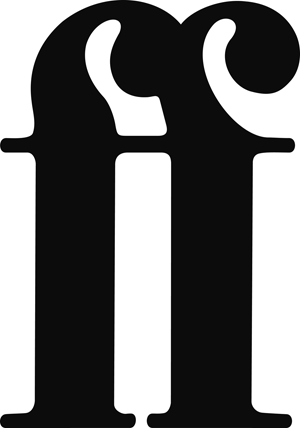If you want to make a small fortune out of publishing, start off with a large one. It is an old joke, but especially true of literary publishing. In choosing to invest in the company that became Faber & Faber, my grandfather Geoffrey picked a notoriously uncertain business.
Books start with authors of course, but it is the publisher who has to bring their work before the public and try to make it pay. A publisher like Faber makes the initial investment, paying for all aspects of a books production and design, selling it to bookshops on sale or return (i.e. on the basis that the publisher accepts the return of any unsold copies) and giving each title the marketing push that, it hopes, will lead to those copies being bought by actual readers. The publisher also pays the author an advance, to be earned out as the book earns royalties on each copy sold, but never to be paid back if the book fails to sell.
There are few guaranteed bestsellers. A literary publisher is dependent on the taste of its editors, who commission books in the hope that the reading public will agree with them. General acceptance of a writer might take years; it might never happen. If editorial judgement proves justified and an author develops a following, there is then no certainty that they will stay for their next book. When it comes to the poetry for which Faber is famous, T. S. Eliot, its first editor, knew that his objective was not to make money, but to lose as little as possible.
So there is already a story worth telling in the simple fact of Fabers survival as an independent company. In any industry, a firm which has lasted for three generations would be interesting. In literary publishing it is truly remarkable. There are numerous occasions in the book that follows when Faber was about to run out of money, when it might have folded quietly, or gratefully succumbed to the warm embrace of a larger competitor. If any good story requires jeopardy, then this one has it in spades.
Moreover, Faber & Faber has not just been any literary publisher. For most of the period since it was founded it has been THE literary publisher: midwife at the birth of modernism in the 1920s and 1930s, and reinventing itself at least twice in the period covered by this history. The story of Faber of how it came to publish so many great writers is part of the story of twentieth-century literature itself.
*
These days, a company controlled by the Faber family owns exactly half of Faber & Faber. During my childhood in the 1970s, it owned it all. My father was, essentially, an academic physicist, but he was also one of Fabers directors. Every few weeks, boxes of newly published books would arrive at our house in Cambridge. I grew up reading them and listening to discussions about the firm which produced them. My surname would leap out at me from the spines of books in shops and libraries. I scanned newspapers for reviews and heard stories from the parties which my parents occasionally attended. The connection did not, however, mean that we were rich. Once, my siblings and I boasted of it to some other children we met on holiday, only for a kindly but definitive rebuff. Our status had already been established by the Renault 4 in which we had arrived, four children squeezed together on the back seat: Dont be ridiculous. Youd be in a Rolls-Royce driven by a chauffeur.
From 1996 to 2001 I worked full-time at Faber; since 2003 I have held a position similar to that occupied by my father forty years ago. I already knew when I started writing this book that there was a good story there waiting to be told. Now, having spent two years in the Faber archive, reading letters, memoranda, board minutes, diary entries and catalogues, I am even more in awe of the achievements of my predecessors. I feel as though I have eavesdropped on the arguments that began the business and on the conversations that led to the arrival of the authors who give the firm its literary status today. The letters have brought my father and grandmother alive for me again. I have discovered a personal side to authors whom I have only known before as a reader. Ive grown to know my grandfather (who died before I was born) in a way not given to many grandsons.
*
As much as possible, I have told the story of Faber through these original documents. It is not just that the people writing them could turn a phrase with an elegance that makes them tremendously readable. It is also that they could not know how their story was going to turn out: the future importance of Old Possums Book of Practical Cats and Lord of the Flies; why it was a bad idea to turn down Animal Farm. Their excitement, hopes, fears and frustration vibrate through these pages, giving the book a sense of immediacy that hindsight-laden commentary cannot.
My own contribution is limited to introducing each chapter, and then to occasional italicised asides, intended to explain what you have just read, highlight something that may not have been immediately apparent, or bring in a new theme. For these I have drawn on my own knowledge of both family stories and publishing, as well as other sources such as memoirs.
The narrative flow almost always dictates that I order extracts chronologically. This can lead to juxtapositions that I hope are not too disconcerting. For example, I think it is useful to see how, at the same time that Geoffrey Faber was engaging in crucial discussions with his fellow shareholders about the viability of the book publishing business, Richard de la Mare wrote to Siegfried Sassoon to take on Memoirs of a Fox-Hunting Man (the firms first bestseller). I am not slavish about this, however. Sometimes I let a theme reach its natural conclusion before hopping back a few months to follow a different strand of the plot.
Readability trumps academic respectability. On the rare occasions when I have had to guess an illegible word, I have done so, and have not alerted the reader to my actions. I have used a single date format for my headers, and a single way of denoting titles, despite the many different conventions used by my sources. I have expanded abbreviations and corrected spellings, where these seem to me to distract the reader, but left them in when they amuse me, or tell us something. I have, occasionally, corrected some of the more egregious examples of poor punctuation (but have preserved the stray commas for which William Golding was famous).
My aim throughout has been to cut out the boring bits, drawing single paragraphs from documents that may run to several pages. Any cuts between two extracts from the same source are indicated by [] but there may be many more words both before and after an extract that have not been similarly signalled. This approach has its disadvantages, of course; Im particularly sad not to be able to show the way relationships develop from Dear Sir through Dear Faber to Dear Geoffrey, but that sort of thing is probably best left to the published correspondence.

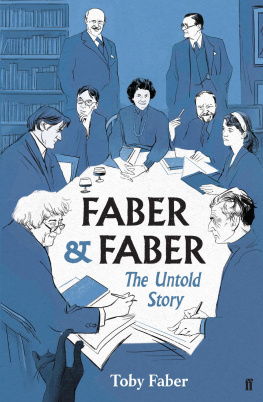

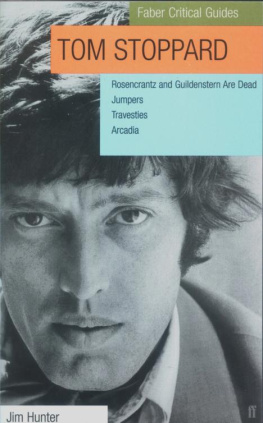
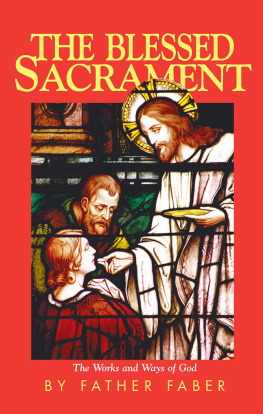
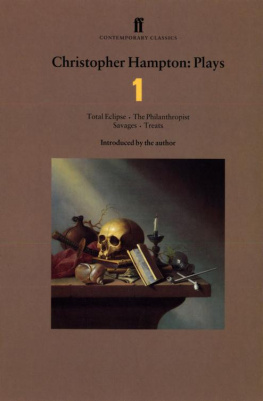
![Samuel Beckett [Samuel Beckett] - The Complete Dramatic Works](/uploads/posts/book/72751/thumbs/samuel-beckett-samuel-beckett-the-complete.jpg)

